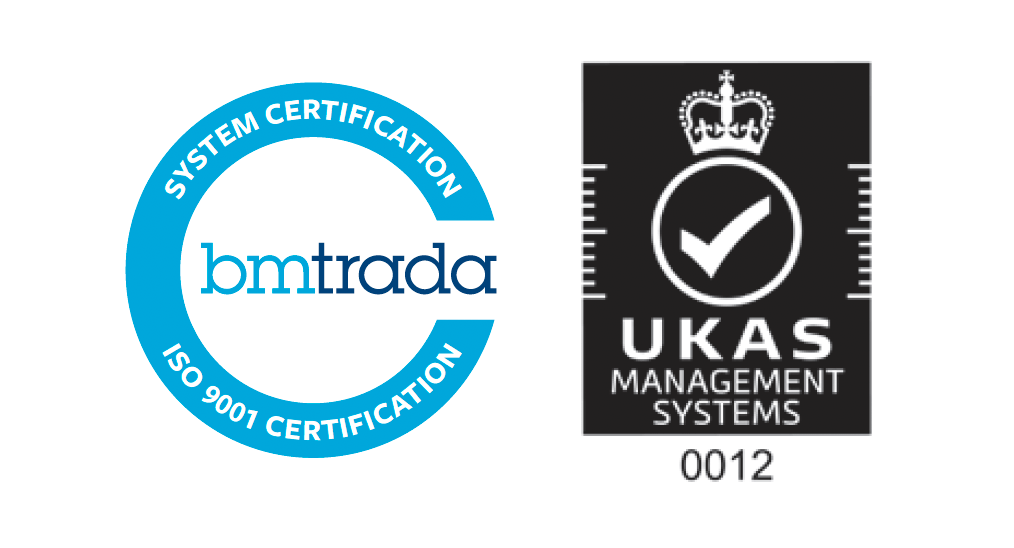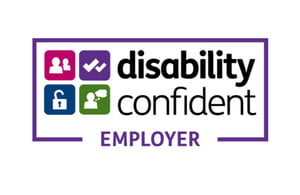On 30 June 2020, Nigel Edwards (Nuffield Trust) and Liz Knight (CF) co-hosted a Webinar with CEOs and COOs from several Trusts with small hospital sites. The group looked at the challenges of moving to a post-Covid new normal and the changes in strategy Trusts with small hospital sites are considering as a result of the pandemic. Several key learnings came from the discussion, which will be of interest to other Trust Chief Executives and policy makers.
Challenges of moving to a post-Covid new normal
- Demand is increasing but capacity has reduced: non-elective demand (majors) are back to pre-Covid levels but sites have lost 10-15% of capacity due to social distancing. Trusts are anticipating a rise in referrals, particularly cancer.
- Small hospital sites are as affected by Covid as larger hospital: the commonly-held belief that small, rural hospitals were not as affected by Covid and can therefore get back ‘to normal’ more quickly is unhelpful as small hospital sites also cancelled elective work, and stepped up ICU capacity, and managing demand is more difficult when for small hospital sites
The enthusiasm for rapid discharge has worn off: partly because additional funding is going, but also because there is a commonly-held belief hospitals aren’t that busy, which is no longer true. There was also a lowering of risk thresholds for discharge during Covid which are likely to rise again post-Covid.
Where next?
- It is important to consider the wider role of small hospitals
- Covid has illustrated inequalities and the need to use assets to tackle inequalities
- Covid is also causing economic hardship and part of role of small hospitals (given the communities they generally serve) is to address this
- There is a need to change the criteria by which capital schemes are judged to consider economic and health impact
- System wide waiting lists may not help small hospital sites to reduce waiting lists. System wide waiting lists will help patients to get fairer access to services, but will only help reduce waiting times if there is spare capacity in the system, which there is likely not to be. Communities served by small hospitals also tend to be elderly, rural and deprived which means local people are unwilling/unable to travel for elective care.
- There is a need to increase ICU capacity within small hospitals, not just large ones, and small hospitals need some of the investment planned for ICUs, as it is more difficult to use a small number of ICU beds flexibly, and one or two additional cases can overwhelm a small ICU.
- Small hospitals need to be able to access smaller amounts of capital (~£50-80m) to make estates changes to support Covid, but it is not easy to access this amount of capital
- It would be helpful if the suspension of the financial regime between health and social care for discharge processes was continued – this is one of the main reasons why discharges from hospitals worked better during the pandemic
- Support from neighbouring trusts is much more helpful than structural change, which is a distraction. Where structural change is necessary, there is a need to streamline the process for making configuration changes to be quicker or will lose the gains. People are worried about losing a Judicial Review, at the end of a long piece of work
- There was a helpful move to sharing rotas and on-call between organisations as a response to the pandemic. This has helped with elective and workforce issues on small hospital sites. However, it has depended on staff travelling, which they may not be prepared to do longer-term. Shared rotas also need to be done by specialty as different answer for different specialities.
- The flexibility of the workforce needs to be sustained. It would be helpful to consider some of the things that have worked (for example, people being able to come back from retirement without losing their pension) as a way of retaining/increasing the workforce.
- Many lower graded staff feel left behind and Covid has exposed this (for example, a shift to home working has only been possible for senior staff with laptops). This needs to be addressed as part of a wider discussion on inequality.
- Most small hospital sites are looking at ‘talk before you walk’ models for ED (to triage demand before it arrives at the hospital). However, to work this needs a different (non-conveyance) ambulance response
- This model is difficult to run in coastal areas (where many small hospital sites are sited) due to non-local holiday makers
- Most people come to A&E because they are referred by 111 and cannot get a GP appointment – need more primary care capacity
- Moving activity away from small A&Es will make them less viable
Contact Liz Knight if you’d like to know more.



